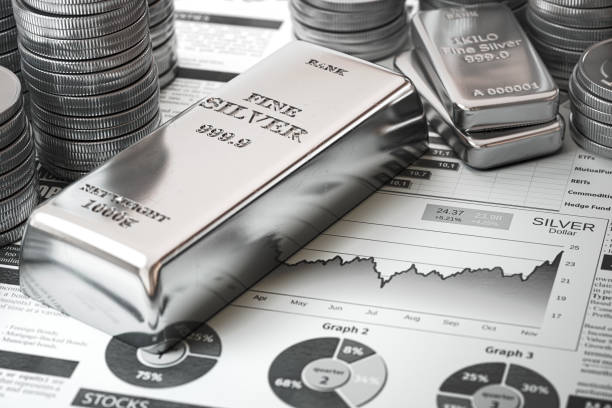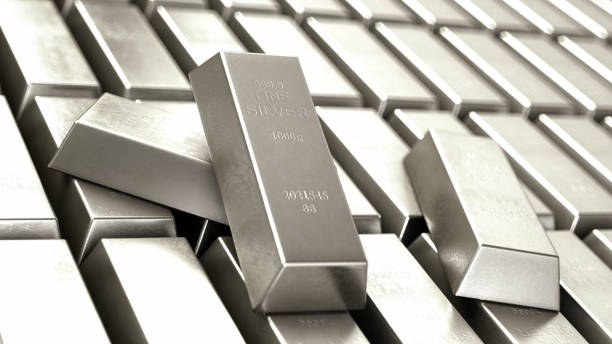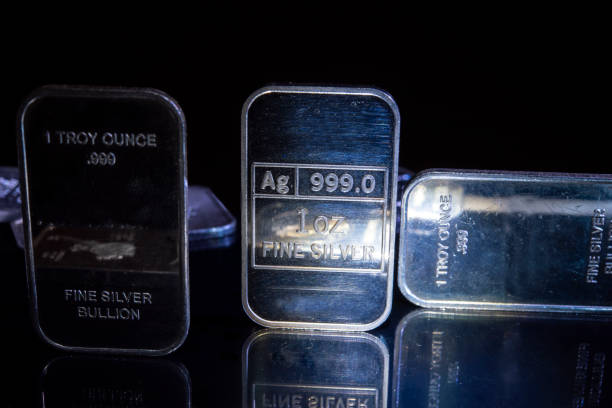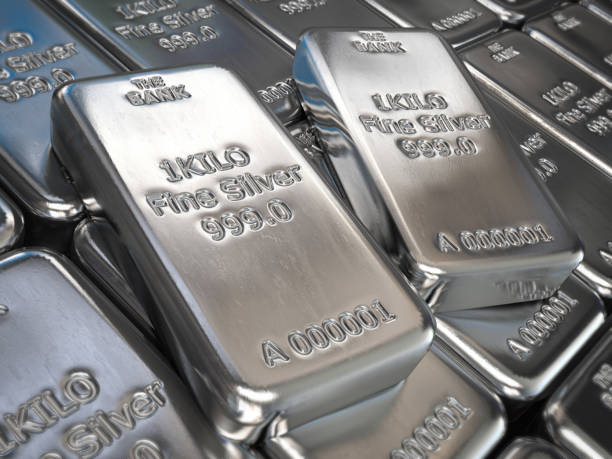Silver Price Forecast: XAG/USD rises toward $30.00 as Fed may deliver a jumbo rate cut

- Silver price advances as recent US data reinforced the likelihood of a 50 basis points rate cut by the Fed.
- CME FedWatch Tool indicates the likelihood of a 50 basis points rate cut increasing to 41.0%, from 14.0% a day ago.
- Markets assess demand prospects in China while factoring the renewable energy growth, which is crucial for Silver demand.
Silver price (XAG/USD) continues its winning streak that began on September 9, trading around $29.90 per troy ounce during the Asian hours on Friday. The non-yielding assets like Silver received support after economic data from the United States (US) reinforced the possibility that the Federal Reserve (Fed) could lower interest rates by 50 basis points next week. Lower interest rates make non-yielding assets more attractive for investment returns.
According to the CME FedWatch Tool, markets are fully anticipating at least a 25 basis point (bps) rate cut by the Federal Reserve at its September meeting. The likelihood of a 50 bps rate cut has sharply increased to 41.0%, up from 14.0% a day ago.
The US Producer Price Index (PPI) rose to 0.2% month-on-month in August, exceeding the forecasted 0.1% increase and the previous 0.0%. Meanwhile, core PPI accelerated to 0.3% MoM, against the expected 0.2% rise and July’s 0.2% contraction. However, US Initial Jobless Claims rose slightly higher for the week ended September 6, increasing to the expected 230K from the prior 228K reading.
On Thursday, the European Central Bank (ECB) lowered the Main Refinancing Operations Rate to 4.0% by implementing a 25 basis-point rate cut. Additionally, the UK GDP showed no growth in July, following a stagnation in June, which reinforces expectations of a possible quarter-point rate cut by the Bank of England (BoE) in November. Some traders are also pricing in the possibility of an additional rate cut in December.
Markets are assessing demand prospects in China, the world's largest consumer, following mixed economic signals, while also considering the growth of the renewable energy sector, where Silver plays a key role in solar panel production.
Silver FAQs
Why do people invest in Silver?
Silver is a precious metal highly traded among investors. It has been historically used as a store of value and a medium of exchange. Although less popular than Gold, traders may turn to Silver to diversify their investment portfolio, for its intrinsic value or as a potential hedge during high-inflation periods. Investors can buy physical Silver, in coins or in bars, or trade it through vehicles such as Exchange Traded Funds, which track its price on international markets.
Which factors influence Silver prices?
Silver prices can move due to a wide range of factors. Geopolitical instability or fears of a deep recession can make Silver price escalate due to its safe-haven status, although to a lesser extent than Gold's. As a yieldless asset, Silver tends to rise with lower interest rates. Its moves also depend on how the US Dollar (USD) behaves as the asset is priced in dollars (XAG/USD). A strong Dollar tends to keep the price of Silver at bay, whereas a weaker Dollar is likely to propel prices up. Other factors such as investment demand, mining supply – Silver is much more abundant than Gold – and recycling rates can also affect prices.
How does industrial demand affect Silver prices?
Silver is widely used in industry, particularly in sectors such as electronics or solar energy, as it has one of the highest electric conductivity of all metals – more than Copper and Gold. A surge in demand can increase prices, while a decline tends to lower them. Dynamics in the US, Chinese and Indian economies can also contribute to price swings: for the US and particularly China, their big industrial sectors use Silver in various processes; in India, consumers’ demand for the precious metal for jewellery also plays a key role in setting prices.
How do Silver prices react to Gold’s moves?
Silver prices tend to follow Gold's moves. When Gold prices rise, Silver typically follows suit, as their status as safe-haven assets is similar. The Gold/Silver ratio, which shows the number of ounces of Silver needed to equal the value of one ounce of Gold, may help to determine the relative valuation between both metals. Some investors may consider a high ratio as an indicator that Silver is undervalued, or Gold is overvalued. On the contrary, a low ratio might suggest that Gold is undervalued relative to Silver.




